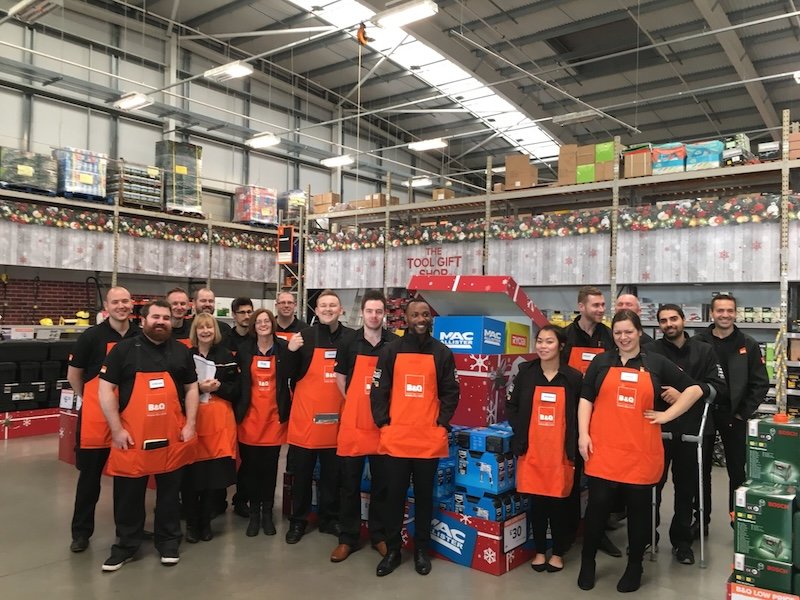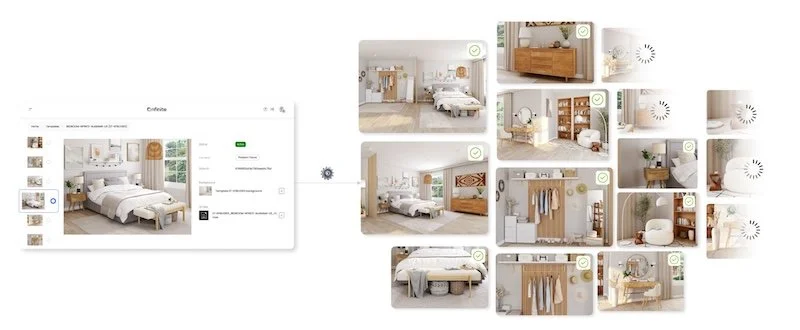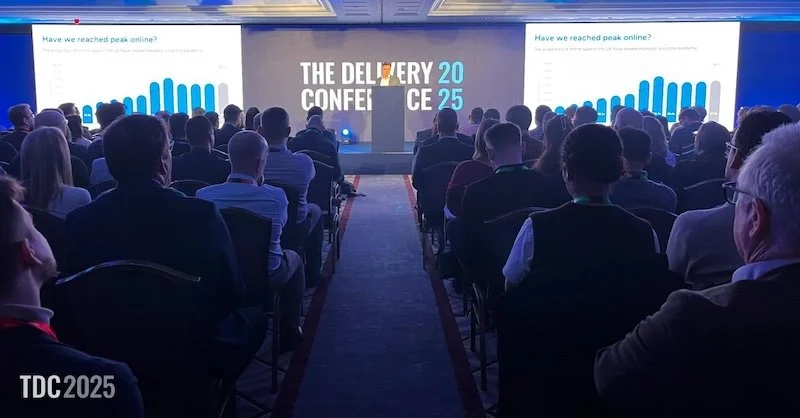Google adds three AI features geared toward online retailers
As they embrace modern generative AI, the bright minds at Google have been busy devising new ways to use their search engine. Three of these features were unveiled in August 2024, and all of them can help the retail industry. Using Google Chrome, both retailers and the buying audience should find it easier to find and shift products online.
Finding online products and services
Today, most buyers find products and other purchases by accessing the internet. It has fully integrated with our modern society, offering seemingly endless pages that cover everything in life.
Many of them are fully fledged online businesses that rely on search discoverability to sell products, from Amazon or Shopify pages to bespoke e-commerce websites run by entrepreneurs.
It isn’t just products; digital services have also become an integral part of online commerce. Streaming services are perhaps the most notable, offering on-demand video entertainment for paying subscribers.
Other business models include iGaming, where slots and other interactive games are hosted on the internet. When users stream a movie or play games at Paddy Power’s online casino, they typically used the internet to find those services in the first place. Online discoverability fuels every business model here and, for widespread reach, Google’s search function is the only game in town.
For many smaller operations, standing out in Google’s search is their best shot at drawing in customers.

The Tab Compare feature
That brings us to Google’s new tools that will help online buyers make better decisions. The biggest and best of the new features is Tab Compare.
This is exactly what it sounds like – it uses AI along with page scraping to round up pertinent information about a product open in your tabs. Then it displays a grid showing the products, their price, their reviews (in stars), and other info that a buyer would want to know.
This AI powered breakdown even takes industry-specific specs from your open tabs. For example, a comparison of electronic devices will look for wattage output and how long the battery lasts.
This new compare feature allows prospective customers to gather the facts about several products at once, straight from their Amazon, Shopify, or independent storefront pages. They can use this to speed through the buying process described by Shopify, specifically steps two and three – “initial information search” and “evaluation of alternatives.”
The visual search feature
Google’s next retail feature is great for those who shop with their eyes. It can also help retailers market products more successfully just by publishing images of their product catalog online. It’s the Visual Search feature, something that Google Lens users might recognise.
Using Google Lens, mobile users could ‘circle to search’ an object in an image. AI would then isolate and perform an advanced image search on the item, to find online retail pages selling that sell it or a close visual match.
Now it’s on desktop, where users can do the same by resizing a special search window over an image. See it in action below.
The Smart History feature
Google’s third and last AI powered feature is a basic quality of life tweak that everybody will like.
However, it’s also a great opportunity for second chances after a prospective buyer bounces from a retail page. If you’ve browsed the internet enough, you’ve probably lost a page to the depths of your search history. You can’t remember the specific name of the page, so it’s lost to time.
The Smart History feature wants to solve this. It integrates natural language processing, explained here by Oracle, to bring smart chatbot functionality into your history records. This means you can ask questions that give more context to your search. Google’s own blog uses “What was that ice cream shop I looked at last week?” as an example.
Thanks to these three new features, potential buyers can scan products from images, compare them, and remember old pages that they fondly remember. As a result, Google search has become an even more effective tool for retail customers online, and a better platform for the retailers that rely on it.






























Continue reading…